Translation
Written by | Zheng Wen
Edited by | Zhou Changxian
“The color outside the car, the blue sky is still the blue sky, the white clouds are still the white clouds, and the green trees are still the green trees. It has texture, is very high-end, and also reflects our pursuit of elegance.”
On December 24, 2022, at the 2022 NIO Day, Li Bin, founder, chairman and CEO of NIO, used these words to describe the new generation of black and gray intelligent dimming panorama roof of NIO EC7. He announced that this is “the first time in the world that black and gray neutral base color is used in electrochromic glass on a global scale.”
In fact, a year ago, Xpeng P7 adopted the EC solid-state electrochromic glass technology. At that time, a small incident occurred. After the first batch of products were delivered, car owners jointly claimed that the color displayed after the EC panoramic roof dimming was blue, which was inconsistent with the promotion.
It was because of this incident that the EC solid-state electrochromic glass technology was brought to the public. People realized that based on the principle of technology, the EC dimming panorama roof can be reversibly changed between transparent color and dark blue, rather than always adjusted to black as intuitively believed. In fact, the same technology applied to the Boeing 787 window can also be adjusted to blue.
First, let’s popularize what electrochromic technology is. In short, it is the stable and reversible color change of optical properties such as reflectivity, transmittance, and absorptivity of materials under the action of an external electric field, thereby achieving active dynamic control of light and solar radiation heat.
However, to display blue, it only needs to absorb a certain spectrum of light, but to achieve black, it needs to absorb all visible light waves, with a spectrum width from 380nm to 780nm.
What is interesting is not only the significant technological breakthrough in the field of electrochromic technology within a year, but also the industry trend changes brought by new technology under the wave of electric intelligence, which brings a bright prospect to the automotive industry.
Consumers Lament About “Hot Heads” with Panoramic Roofs
God said, let there be light, and there was light. Similarly, originating from the pursuit and love of light, car sunroofs were born.
In 2021, the research report on the consumer trends of car sunroofs in the Chinese market by sunroof system supplier Webasto showed that 70% of the respondents stated that sunroofs are important options in their car purchasing considerations, second only to reverse image. Moreover, the proportion of users who choose sunroofs when purchasing cars again has risen to 95.3%.
Tesla Model S
At Tesla, even the sunroof is not enough to meet your imagination, they started to use panoramic roofs extensively. In 2009, Tesla Model S appeared on “The Late Show with David Letterman”, and the huge panoramic roof became one of the highlights that attracted attention, pushing the pursuit of light inside the car to a new climax. Unlike the traditional front + sunroof + rear design, Tesla has almost created an all-glass roof.
Although the panoramic roof brings excellent views and great lighting experience, the heat entering the car also increases, which may cause discomfort or even a phenomenon of “scorched head”.
Owners of cars with panoramic roofs have to actively “save themselves” by installing films. However, after the glass film is installed, although some of the solar heat is blocked, the clarity of the view will be affected, and bubbles or aging phenomena may occur later.
Some car owners have managed to find a different way, by installing sun shades built into the roof. However, because new energy vehicles are affected by the lower chassis battery packs, reduced wind resistance, and streamlined design, the space is smaller. But installing sun shades would reduce headroom by about 3cm, leading to a cramped feeling inside the car, causing a poor user experience.
An increasing number of car models with huge panoramic roofs have been introduced in the market, and car companies often promote how much ultraviolet light is blocked. Some models even have ultraviolet light-blocking ratios of up to 99.9%.
In mid-July of this year, DDC (Dongchedi), a provider for car information under ByteDance, conducted summer testing on 41 new energy vehicles in Turpan, Xinjiang. The results showed that for most models with panoramic roofs or sunroofs, the ultraviolet light-blocking rate of the roof glass was above 90%. For some car models, such as Tesla Model Y and the Li Xiang ONE, the ultraviolet light-blocking rate reached 99%.
Here we need to clarify another concept. Although ultraviolet rays cause the greatest harm to the skin, they only account for a small proportion of the thermal energy in solar power. In addition to ultraviolet rays, there are visible light and infrared rays.
In other words, panoramic roofs on the market that claim to block 99.9% of ultraviolet light do indeed block a lot of harm, but only block 3% of the solar thermal energy on the earth’s surface, and the remaining visible light and infrared rays account for 44% and 53% of the solar energy respectively. In other words, infrared and visible light are the main sources of heat radiation. This is why even if 99.9% of ultraviolet light is blocked, we still feel the “heat” of the panoramic roof.Excessive exposure to sunlight not only harms people, but also accelerates the aging of car interiors, causing them to turn yellow, harden, crack and shorten the lifespan of electronic devices inside the car.
In the same test, only a few car models out of 41 performed well in terms of infrared isolation rate. This suggests that the problem of heat insulation for large-sized panoramic roofs remains a challenge.
To achieve heat insulation, multi-layer special materials are coated on the glass, usually with a thickness of 50-250 nm and composed of 9-20 layers of metal compounds. It is reported that Tesla uses heat reflection technology for coating. Heat insulation effects vary with coating thickness and process.
In the industry, TTS is an important indicator for evaluating the thermal insulation performance of automotive glass. The lower the TTS, the better the heat insulation effect.
Taking several car models with high heat loads in the market as examples, the TTS of the Tesla Model 3’s roof is about 30%, the AION S Plus is 16, the HAVAL H6 is 20, and the Jinkou 001, which was controversial before, has a TTS of less than 20.
How are the top-performing car models achieving this? In fact, the car models with good TTS performance, in addition to the reasons for the coating, have an important technical application – the use of dimming glass.
Surprises Brought by Dimming Glass
Is it possible to have both a large and clear view while also blocking light and heat as needed? In fact, people have two sensations regarding light. One is the physical sensation of heat while the other is the visual sensation of light. Especially in hot summer, people feel hotter when they see glaring light. Theoretically, reducing light can reduce discomfort from both a psychological and physical level.
Currently, for panoramic sunroofs and roofs with large areas, apart from sun visors, adding dimming technology has become an important way to improve heat insulation.
Dimming glass was applied in the auto industry more than ten years ago. In 2005, Ferrari Superamerica was the first sports car to be equipped with EC windshield and roof glass.
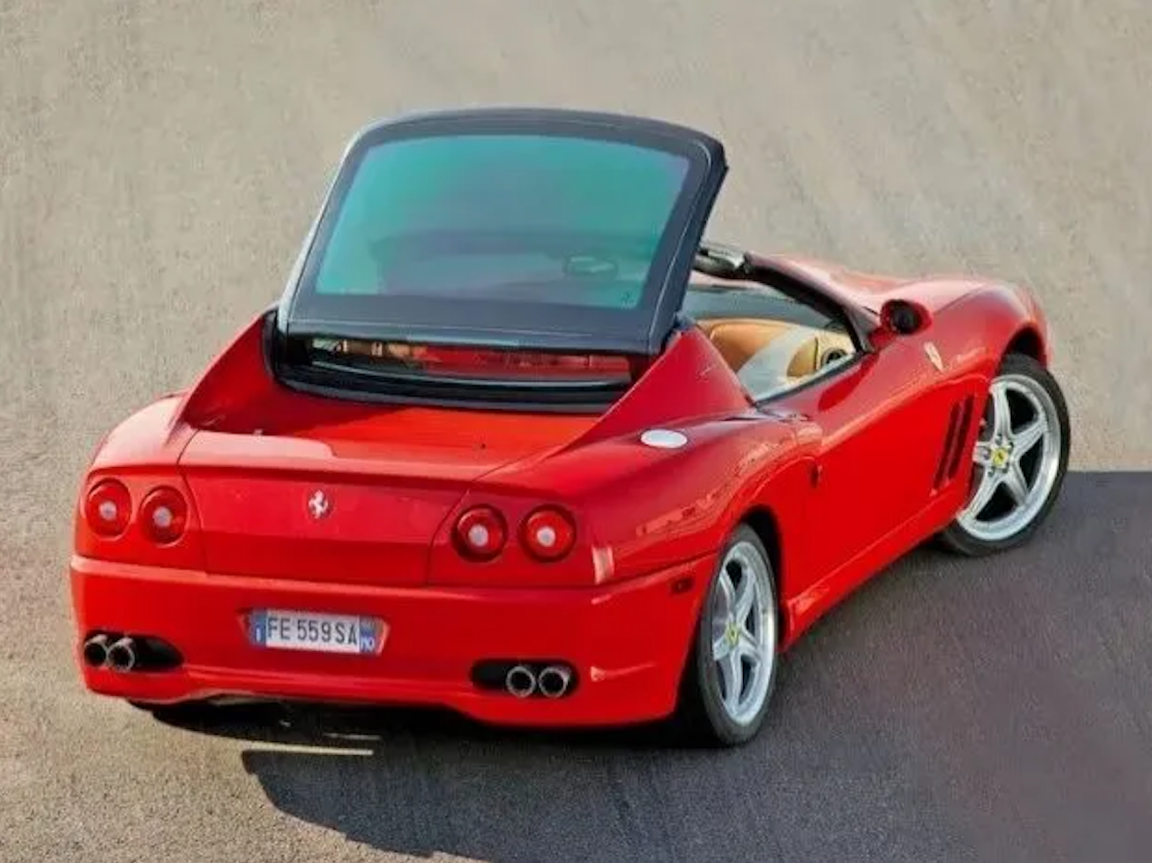 From 2013 to 2018, Mercedes-Benz Maybach S-class, SLK Roadster, SL AMG, SG 63 and others began to apply a dimming technology called MAGIC SKY CONTROL.
From 2013 to 2018, Mercedes-Benz Maybach S-class, SLK Roadster, SL AMG, SG 63 and others began to apply a dimming technology called MAGIC SKY CONTROL.
In March 2021, Lexus announced the release of LF-Z electric vehicle, which follows Mercedes-Benz’s design concept, and equipped with an electrochromic dimming ceiling.
In March 2021, Cadillac launched the Celestiq, a flagship electric car, which follows the Mercedes-Benz roof design concept and is equipped with dimming glass. This technology has been cutting-edge for a long time, but has not been popularized.
Currently, there are four main dimming glass solutions: PDLC (Polymer Dispersed Liquid Crystal), EC (Electrochromic), SPD (Suspended Particle), and LC (Liquid Crystal). Among these four solutions, PDLC appeared earliest and the technology is the most mature, which is used by most dimming glass manufacturers.
Among the dimming glass products being developed by Fuyao Glass, PDLC and EC dimming glasses are the mainstream, of which, EC was a heavyweight new product launched in 2021. Now let’s focus on these two major dimming technologies.
PDLC technology adds a layer of liquid crystal dimming film between glass. When electricity is applied, the high polymer liquid crystal material within the film will be ordered by the electric field, allowing light to easily pass through and make the glass transparent. Conversely, when the power is off, the high polymer liquid crystal material will be disordered and cannot be arranged normally, resulting in a translucent and opaque appearance.
Unlike the technology path of PDLC, which changes the direction of particle arrangement, EC technology involves a chemical reaction within the material during the state change.
Nevertheless, for many years, the development and application of EC electrochromic technology has been progressing slowly step by step.
AutocarMax noticed that there is an obvious trend emerging recently that Chinese car manufacturers such as BYD, Jinko, EAON, NIO, Avita, and so on, have started to apply EC dimming ceilings in their latest models, and the list of models is getting longer. The proportion of car owners choosing EC dimming ceilings is also increasing continuously.
Interestingly, there is only one Chinese company, Guangyi Technology, that can supply EC dimming ceilings on the market. So what did this company do and do right in this race?
Overall, electrochromic glass technology has gone through three generations of development: the early first-generation technology was used on Boeing 787 aircraft portholes and the Ferrari Superamerica convertible, which suffered from problems such as easy leakage, poor reliability, and high energy consumption; the second-generation was inorganic non-metallic material technology, such as tungsten trioxide, which cannot be used for curved products.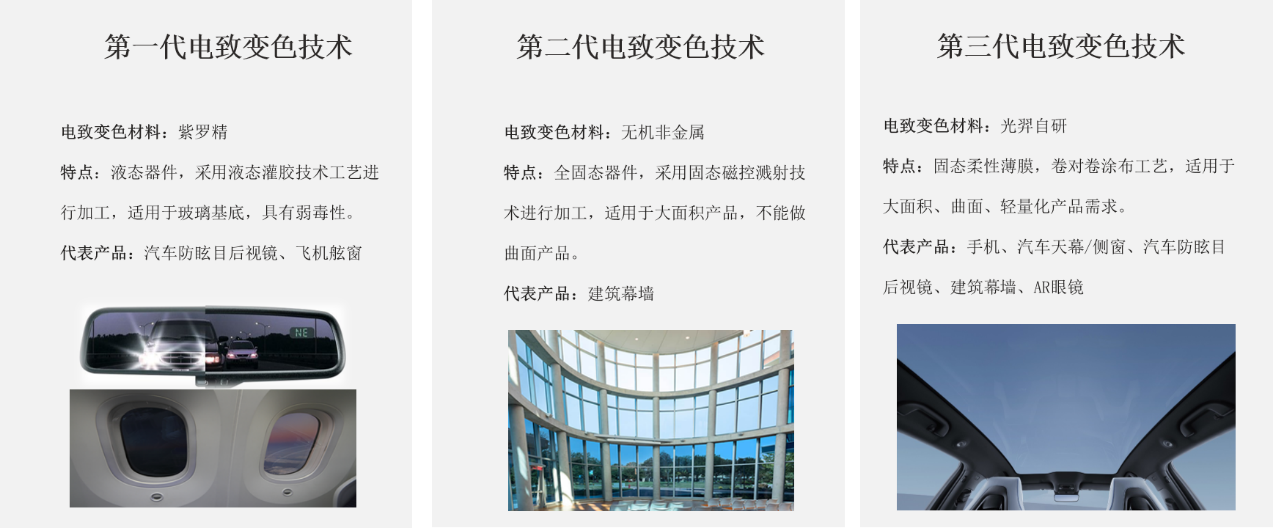
Due to the immaturity of the first two generations of technology, electrochromic glass has not been widely popularized. As a start-up company, GY Science and Technology has developed the third generation of thin film electrochromic technology, which effectively solves the pain points of the previous two generations of technology. The effects of heat insulation and other aspects are also superior to the more widely used PDLC.
GY Science and Technology’s EC canopy can reduce light intensity by 100 times, transforming dazzling glare into soft light for home or office use, effectively protecting the vision health of passengers. In dark mode, it can block 98.5% of visible light, effectively preventing rapid aging of cabin interiors.
In terms of heat insulation, GY Technology’s third-generation electrochromic technology combines LOW-E technology, which can solve the problem of external infrared heat radiation into the cabin, with electrochromic technology, which can solve the problem of external strong light radiation into the cabin, and finally achieve infinite adjustment of the amount of light and heat entering the cabin through strong collaboration.
At the same time, this technology also has leading advantages such as low hazing value, ultra-wide color change range, low energy consumption, low working voltage, and high weather resistance, making it safer and more reliable in automotive applications.
Achieving active and efficient control of light and heat at the technical level is only the first step. To achieve scene-based landing applications, it is also necessary to overcome the obstacles of scalable production. GY Technology’s wet coating production method for electrochromic technology makes it possible for the first time to achieve low-cost, high-specification, and high-yield production.
Electrochromic technology is based on glass interlayers. From a process perspective, it used to be based on glass, such as the coumarin technology, which is equivalent to pouring a layer of liquid between two layers of glass. The second-generation tungsten oxide is directly plated on the glass through a coating process, and its stability is not good.
In contrast, GY Technology uses thin films, which can be applied to a film like printing a newspaper. The mass production of flexible devices in roll-to-roll production is considered difficult in both the industrial and academic fields. After continuous optimization of materials, film substrates, and improved coating equipment, GY Technology finally achieved roll-to-roll high-speed coating production technology.
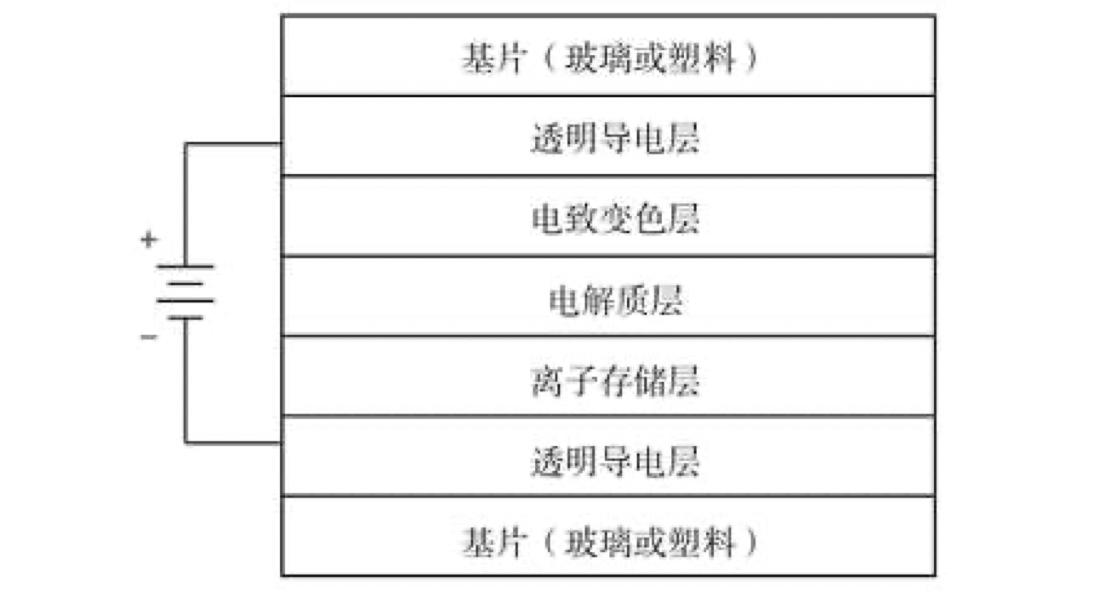
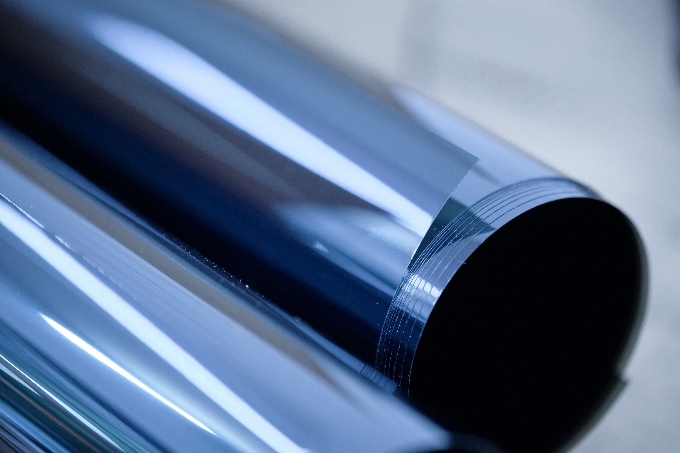
Compared with the batch production of traditional liquid container technology, the exclusive roll-to-roll production technology developed by Guangyi Technology is the only continuous production line with a processing capacity of approximately 60 square meters per minute at a speed of 30 meters per minute based on a 2-meter-wide substrate, which is 300 times that of traditional liquid container technology.
The stability, reliability, and single functionality issues of traditional electrochromic technology have been gradually solved by the Guangyi Technology team through the combination of independently developed materials and processes. This technology is likely to become the key to improving efficiency and reducing costs for large-scale applications in the future.
Although it only takes a few hundred words to introduce the core technology of this company, there is no doubt that it has solved the core pain points of the industry.
Now, let’s return to the question at the beginning of the article. How does the NIO EC7 achieve its black-gray color for the optional EC panoramic sunroof substrate?
It is reported that in order to achieve the design intent required by NIO, Guangyi Technology explored a new material from more than 1,000 molecular structures, which achieves uniform absorption and change of the entire visible light spectrum from 380 nanometers to 750 nanometers, and the final product was obtained through repeated tuning. Not only does it present a high-quality black-gray appearance, it also has excellent sun protection, insulation, and anti-glare performance. The light in the car is always soft, and the view is always clear.
It can be said that the mass production of the black-gray-neutral-color-based EC dimming sunroof is a significant progress in the field of electrochromic technology. However, it does not mean that black-gray is better than blue, but rather that there will be more color choices for different tones and styles of car models. Just as blue symbolizes the future and a sense of movement, driving under a blue sky and white clouds with a blue panoramic sunroof provides a more pleasant outdoor experience. The black-gray tone symbolizes low-key and high-end feeling, making every detail in the car reveal an elegant quality. It is believed that in the future, users will choose the EC sunroof color just like they choose the exterior color when buying a car, and everyone has their own preferences.
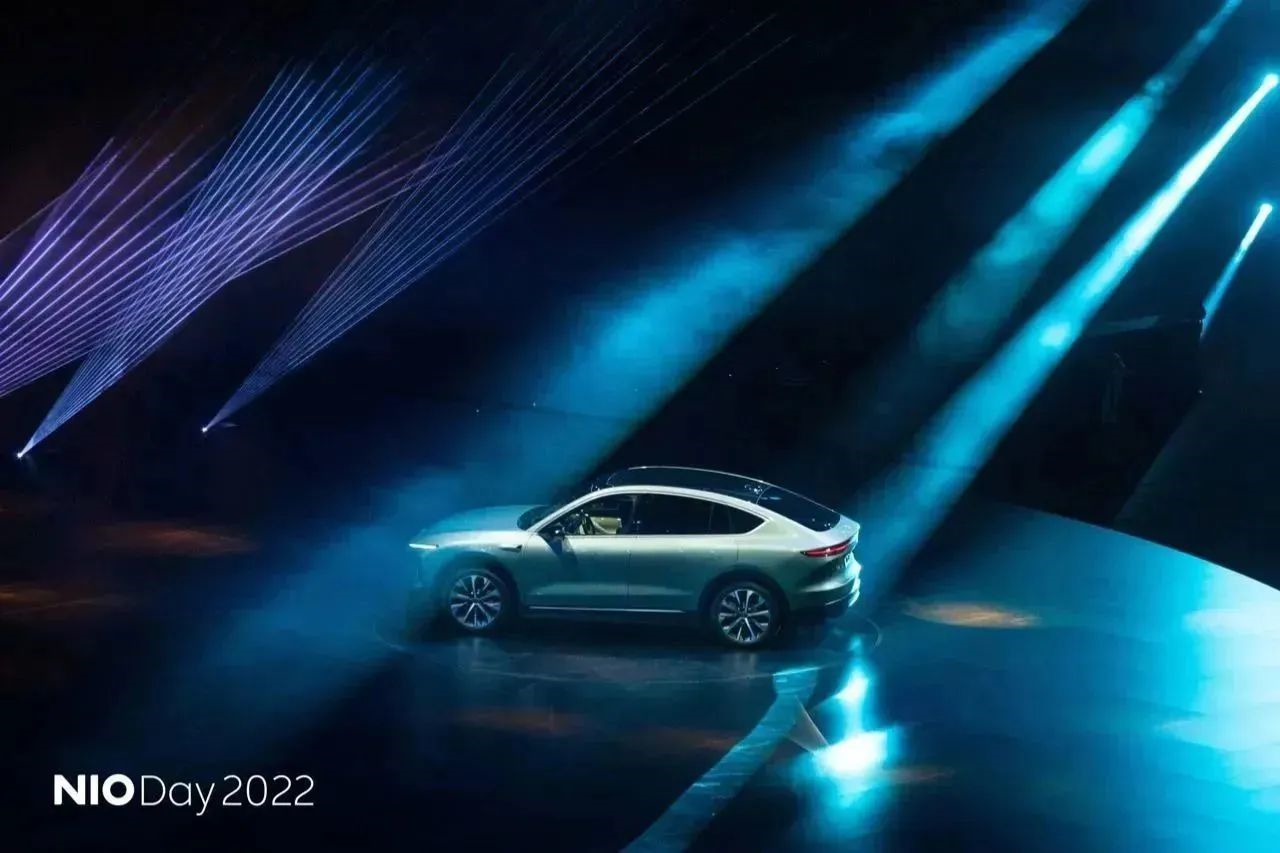 We believe that in the near future, EC dimming sky technology will bring more surprises like the one unveiled at the NIO launch event, and more car companies will adopt this product for its high-end qualities and elegant taste.
We believe that in the near future, EC dimming sky technology will bring more surprises like the one unveiled at the NIO launch event, and more car companies will adopt this product for its high-end qualities and elegant taste.
Summary:
In Wu Xiaobo’s annual speech, he talked about the phenomenon of the rise of China’s invisible champions. In a capital conference, Wu Xiaoqiu, former vice-president of Renmin University of China and current director of China Capital Market Research Institute, also mentioned that he would use “invisible champion” as a memory of the industry upgrade in 2022.
In the book “Invisible Champion”, Herman Simon defines “invisible champions” as: they rank in the top three in the segmented market; their annual sales are less than one billion German marks; and their ToB business leads to low public awareness. They may not be large in scale, but they have irreplaceable and outstanding abilities in their segmented fields.
Later, although this standard has changed, the common characteristics of these enterprises are still values of technical worship, long-termism, and craftsman spirit. Their keywords are focus, innovation, and monopoly.
There is no doubt that Illuminax Technology is clearly an invisible champion in the field of EC dimming sky. In this field, if a host plant wants to install an EC dimming sky on a car, it will only focus on Illuminax Technology when looking for upstream suppliers.
It is worth mentioning that Illuminax Technology has two strategic investors, BYD and NIO Capital. The investment of traditional giants and new-generation head players in the new energy vehicle field is enough to illustrate its market prospects.
Based on this, many institutions predict that the mass-production application of sky windows must have a bright future. According to the research report of Ping An Securities, the market space for sky glass in the world and in China will reach 41.4 billion yuan and 12.1 billion yuan, respectively, in 2025. The panoramic sky window with dimming function will contribute to significant increments, reaching 5.83 billion yuan in the domestic market alone.
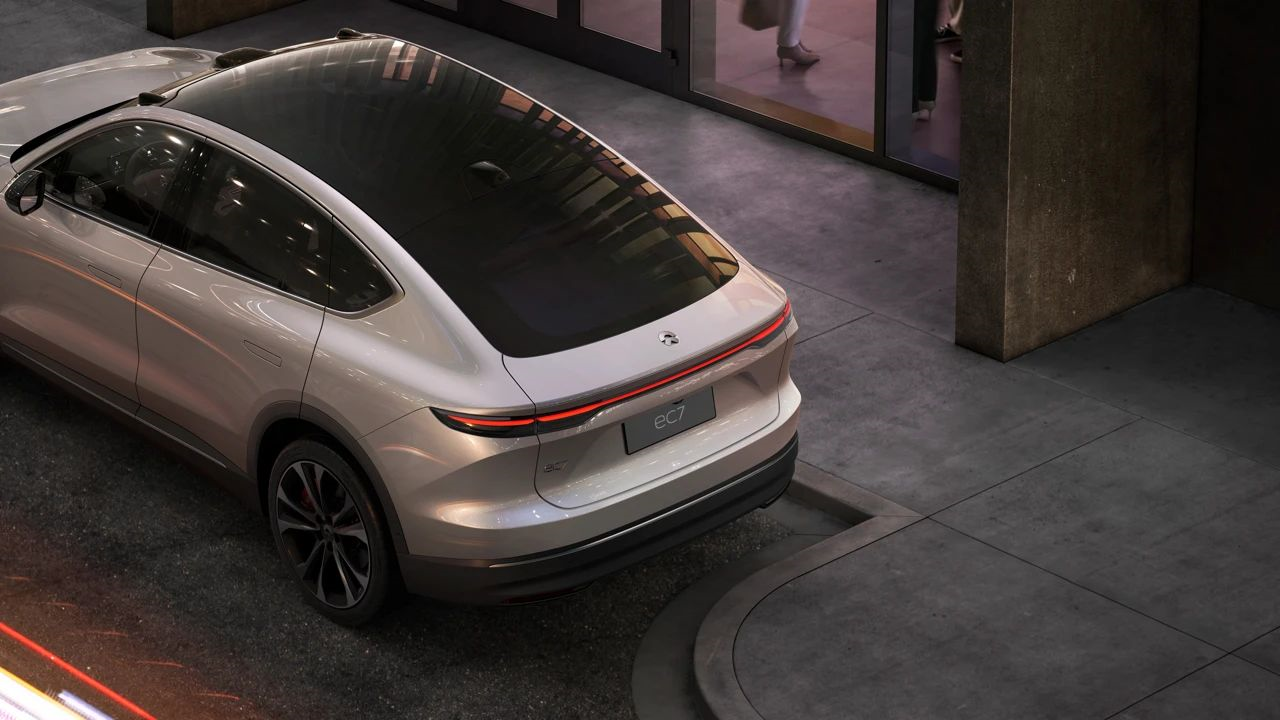
In the past, the proportion of automotive glass area on the vehicle body has grown slowly, with a growth rate of about 10% to 20% every ten years, and the unit value of each car has basically remained at a steady level of 600 to 900 yuan.
Recently, the scarce sky glass area is between 1.3 to 1.4 square meters, which is 0.5 to 1 times higher than the area of a panoramic sunroof per car. Moreover, due to the application of additional technology, the price of sky windows per square meter is about 30% to 40% higher than that of traditional sunroof glass.# Conservative management has been the cornerstone of Fuyao Glass’ business, and its founder, Cao Dewang, has always been its staunch advocate. He has devoted his entire life to making good glass. Cao Dewang has emphasized on multiple occasions that Fuyao Glass has benefited from conservative management. Like Cao Dewang, Tianmu Glass has also stated at a shareholders’ meeting that conservatism is the way forward.
Hidden from public view, the invisible champion is like a deep, bottomless abyss that supports the faint lights of the host factories. The real inspiration that it brings to the industry is that companies that focus on innovation in the segmented industry will achieve great success in the future.
This article is a translation by ChatGPT of a Chinese report from 42HOW. If you have any questions about it, please email bd@42how.com.
